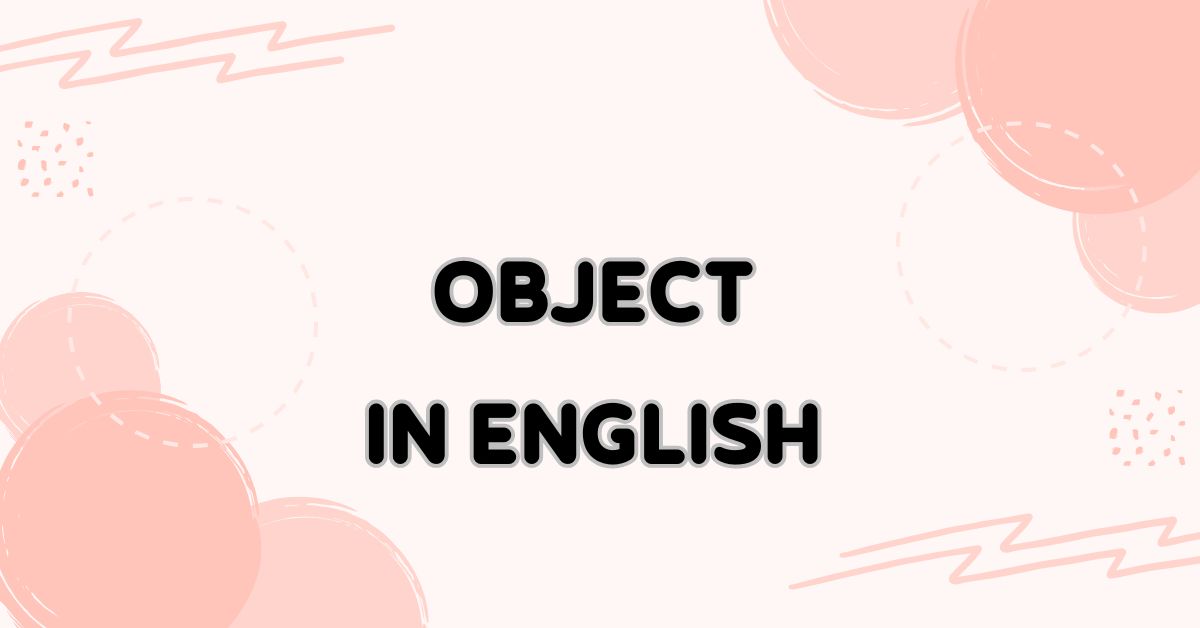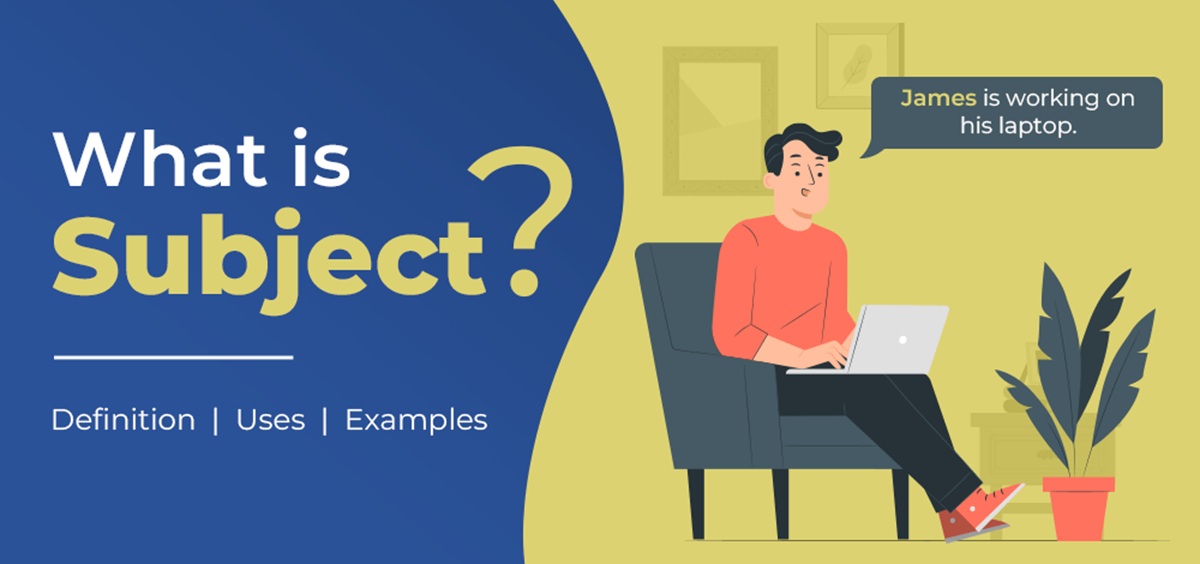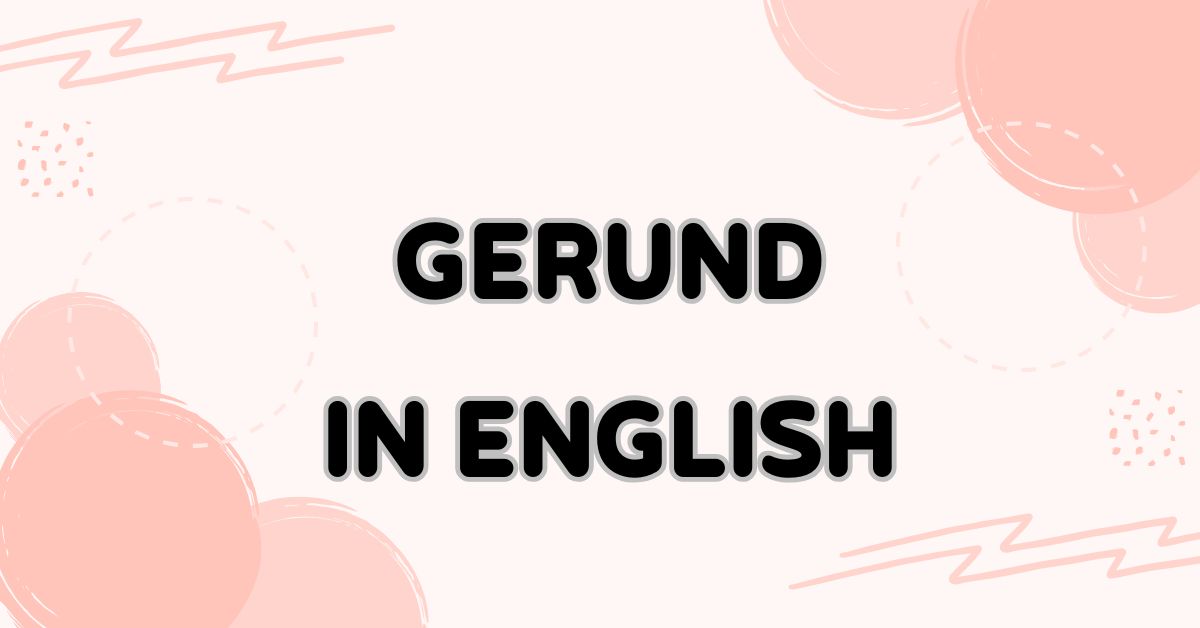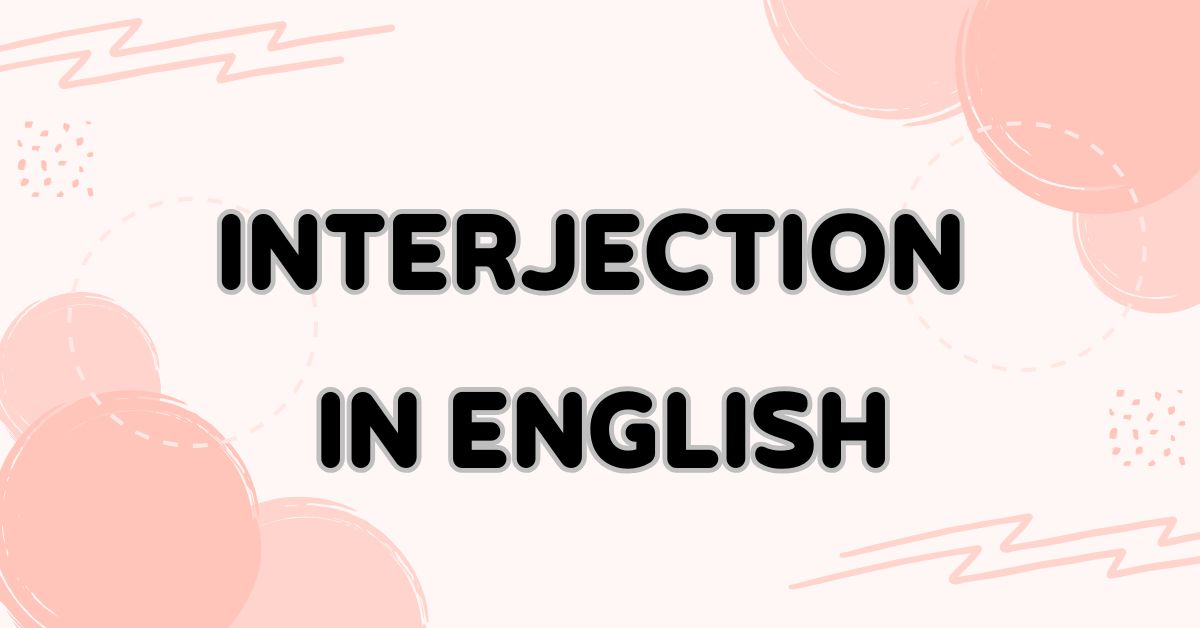Learning English through pictures is a simple yet highly effective method, especially for children. With vivid and engaging illustrations, children’s brains can memorize vocabulary and context faster, and their interest in learning increases significantly. So, how can we apply this method correctly to achieve the best results for children? Let’s explore the details with Monkey in the following article.
What is Learning English Through Pictures?
Learning English through pictures is an effective approach to learning vocabulary and grammar by combining visual images with English words. Instead of memorizing dry and isolated vocabulary, using pictures helps you associate words with visuals, retain them longer, and understand their meanings more deeply.
For example, if you want to learn vocabulary about fruits, you can watch a YouTube video about fruits while repeating their names in English; or use flashcards that have an image on one side and the corresponding word or phrase on the other... This is what’s known as the method of learning English through pictures.
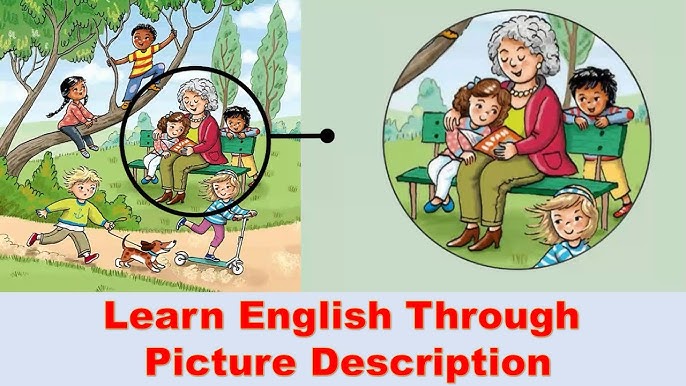
Advantages of Letting Children Learn English Through Pictures
Learning English through pictures is a method widely recommended by experts for children. It not only makes learning more enjoyable but also offers several outstanding benefits:
-
Better vocabulary retention: Visual illustrations help children connect words with real objects, rather than just memorizing them by rote
-
Stimulates brain development: A child's brain processes images much faster than text, enhancing both imagination and cognitive skills
-
Develops natural language reflexes: Children acquire new vocabulary through images in a way similar to how they learn their mother tongue, making listening and speaking easier
-
Creates joy and reduces pressure: Learning with pictures turns study time into a fun activity, no longer a “dry lesson”
-
Suitable even for pre-literate children: This allows children to get familiar with English at an early age without being limited by reading skills
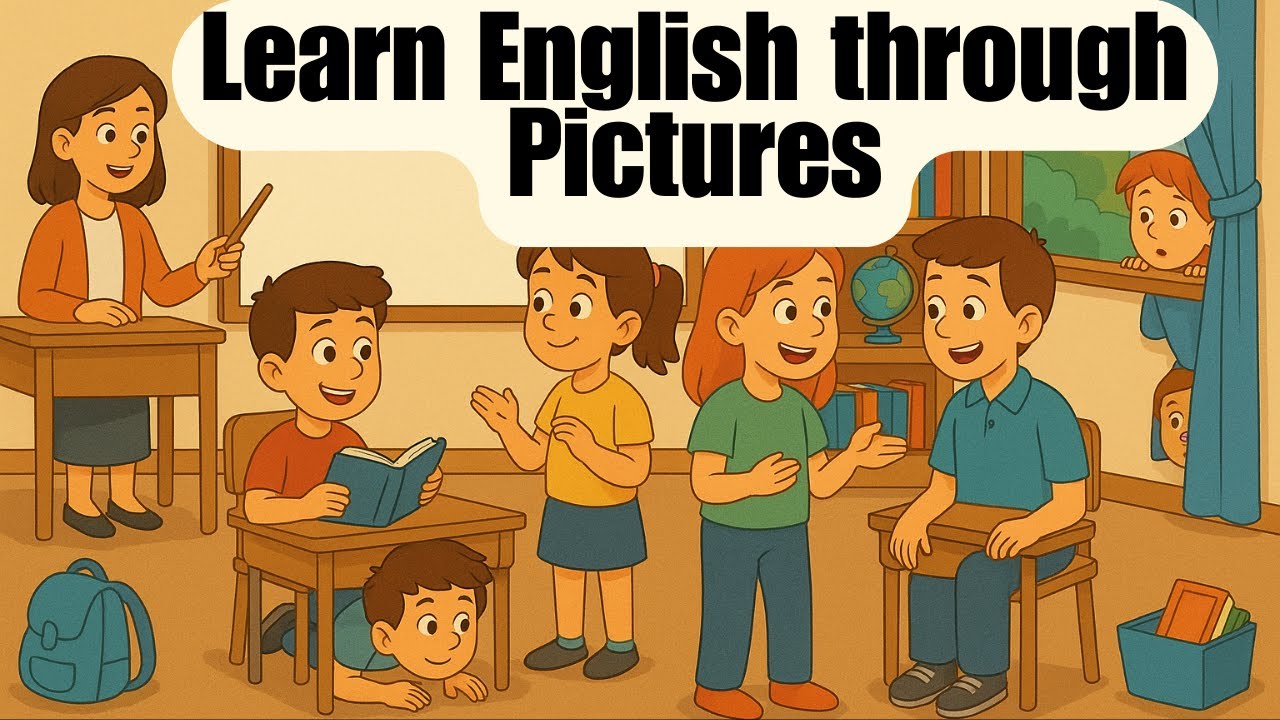
Some Effective Ways for Children to Learn English Through Pictures
Learning English through pictures is a method well-suited for young children, as it takes advantage of their brain’s strong visual memory. However, to ensure it is truly effective, parents need to apply the method in an engaging and structured way. Below are some practical ways to help your child learn English through pictures at home:
Use vivid and colorful flashcards
Flashcards are a well-known method for learning vocabulary. For young children, it’s important to choose cards with large illustrations and bright colors to attract attention. Parents can flip through each card, say the English word for the object, and have the child repeat it. This not only aids vocabulary retention but also links the image directly to the sound, helping avoid the need to mentally “translate into Vietnamese.”
A helpful tip is to play games like “find the card” or “raise the card when you hear the word”, these encourage more active interaction rather than passive viewing.
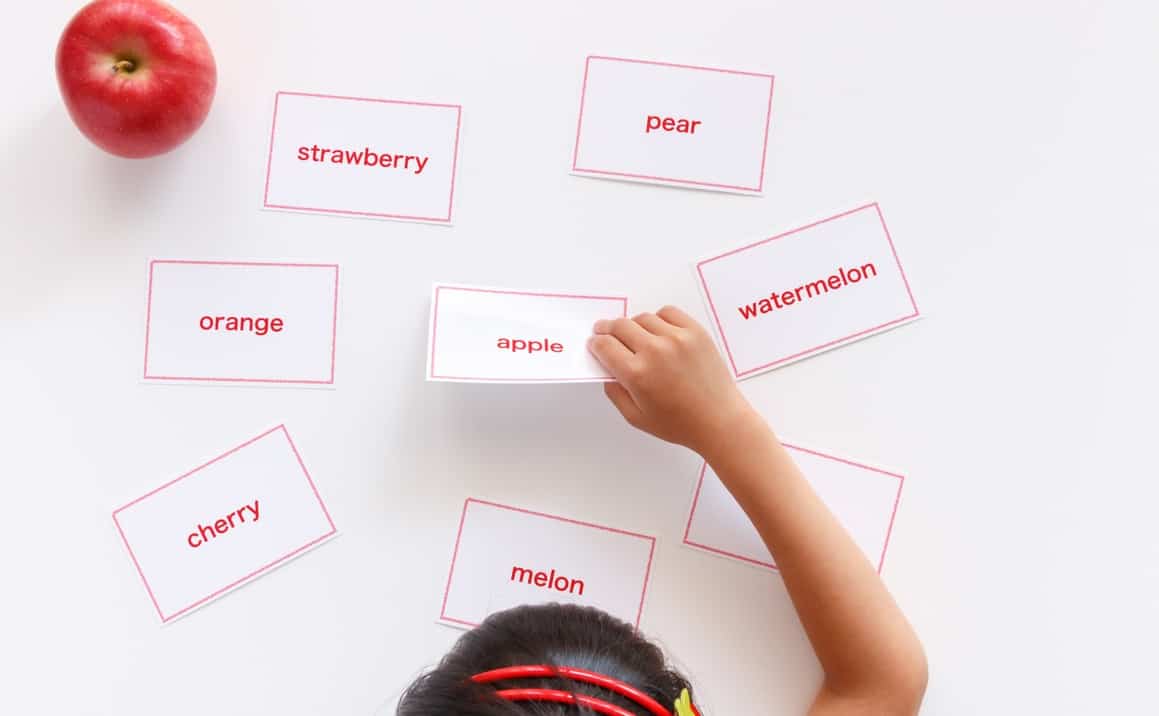
Read English Picture Books or Comics
Picture books with lively illustrations and simple sentences are excellent tools for learning English through images. Instead of learning isolated words, children are exposed to vocabulary within an entire story, making it easier to guess meanings through visual context.
Additionally, the short, simple sentence structures in picture books help children get familiar with natural English grammar.
Parents should read aloud while pointing to the pictures, encourage the child to retell the story, or ask questions like “Where is the cat?” or “What color is the ball?” to promote natural English responses.
Learn Through Animated Videos and Visual-Based Apps
Animated videos or English learning apps for kids (like Monkey Junior) that combine visuals, sounds, and engaging characters are excellent tools for both learning and entertainment. Especially today, many apps are carefully designed according to age levels, with clear learning paths that develop listening, speaking, reading, and writing skills alongside illustrated content.
While learning, let your child repeat the dialogue and ask questions about what they see in the video to help reinforce vocabulary and expressive abilities.
Play Interactive Games with Pictures
There are many simple games that use visuals to help children learn English such as sorting pictures into groups (e.g., animals, food), matching words with images, or playing picture bingo. These activities make vocabulary learning fun and engaging while also developing categorization skills and short-term memory.
You can create your own flashcards, download free templates online, or even let your child draw their own pictures and label them in English to make the learning experience more enjoyable.
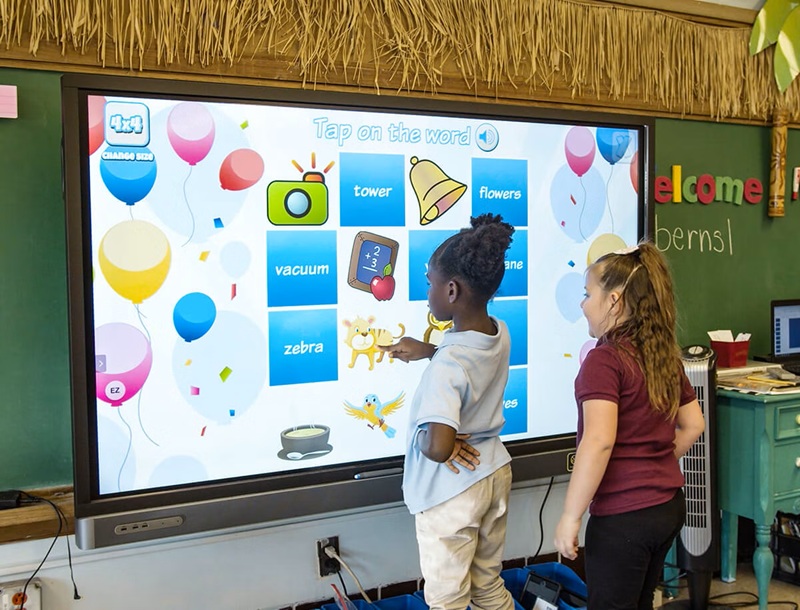
Label Real Objects Around the House in English
This is a very practical form of “real-life image-based learning.” Stick labels with English words on household objects (e.g., door, table, chair, mirror, fridge…) so your child can see and read them every day. This simple method turns your home into a fun “language classroom,” helping children remember vocabulary by connecting it to real-life visuals in their environment.
Monkey Junior – The Ultimate Multimedia English Learning App for Kids
One of the most trusted methods parents are using today to help children learn English through pictures is the Monkey Junior app. It’s more than just a vocabulary app with illustrations, it’s a comprehensive program built on world-renowned early education methods like Glenn Doman, Phonics, and Montessori multisensory learning.
Monkey Junior helps children learn English through images with outstanding features such as:
-
Lively illustrations designed specifically for kids: Every word, phrase, and sentence is accompanied by clear, engaging visuals and fun animations that help children associate meaning easily
-
Multimedia integration: Children don’t just look at pictures—they listen to native pronunciation (British, American, and Australian accents), practice speaking, read words, and even write them using the M-Write feature. This stimulates auditory, visual, and motor learning at the same time
-
Structured learning pathway: Monkey Junior organizes its lessons by age (0–11 years) and difficulty level, helping kids build vocabulary and language reflexes from the ground up
-
Flexible and convenient learning: Parents can let their children study just 10–15 minutes a day, making learning a habit rather than a chore
-
Complete skill development: Monkey Junior goes beyond listening and viewing by developing listening, speaking, reading, and writing skills all at once—helping children absorb English naturally, just like native speakers
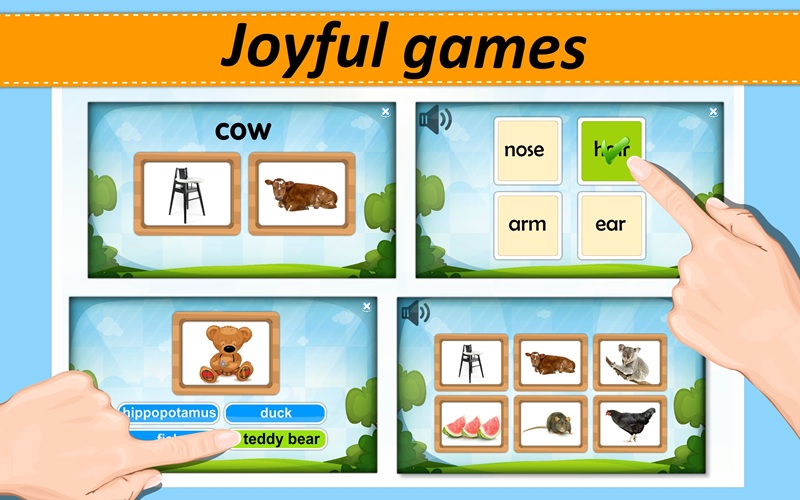
Sign up now for a free trial with Monkey Junior and let your child experience a fun and effective way to learn English through pictures, starting today!
Some Tips When Teaching Kids English Through Pictures
Although learning English through pictures is a very effective method for young children, to achieve the best results, parents should keep in mind the following:
-
Choose age-appropriate images: Illustrations should be clear, simple, and relatable to the child’s everyday life to make associations easier. Avoid overly abstract or complicated images that might confuse the child.
-
Don’t overload with too many words at once: Introduce about 5–7 new words per session and repeat them often to help children remember. Avoid cramming too many words at once, which can cause children to forget quickly or develop a fear of learning.
-
Combine speaking and pointing: When showing pictures, say the English words aloud, point to the images, and encourage your child to repeat. This helps strengthen the connection between sound and image.
-
Turn learning into a game: Use flashcards to play “find the card,” flip cards to guess words, or have fun competitions to see who can say words faster. Children will be more engaged and motivated instead of feeling forced.
-
Be consistent and maintain a daily habit: Studying for 5–10 minutes regularly is much more effective than cramming in long sessions and then stopping.
Conclusion
Learning English through pictures is a natural, enjoyable approach, especially suitable for young children. Applying this method correctly helps kids memorize vocabulary quickly, develop language reflexes, and build a strong English foundation from the start. Stay patient and supportive to make your child’s English learning through pictures a joyful daily experience!



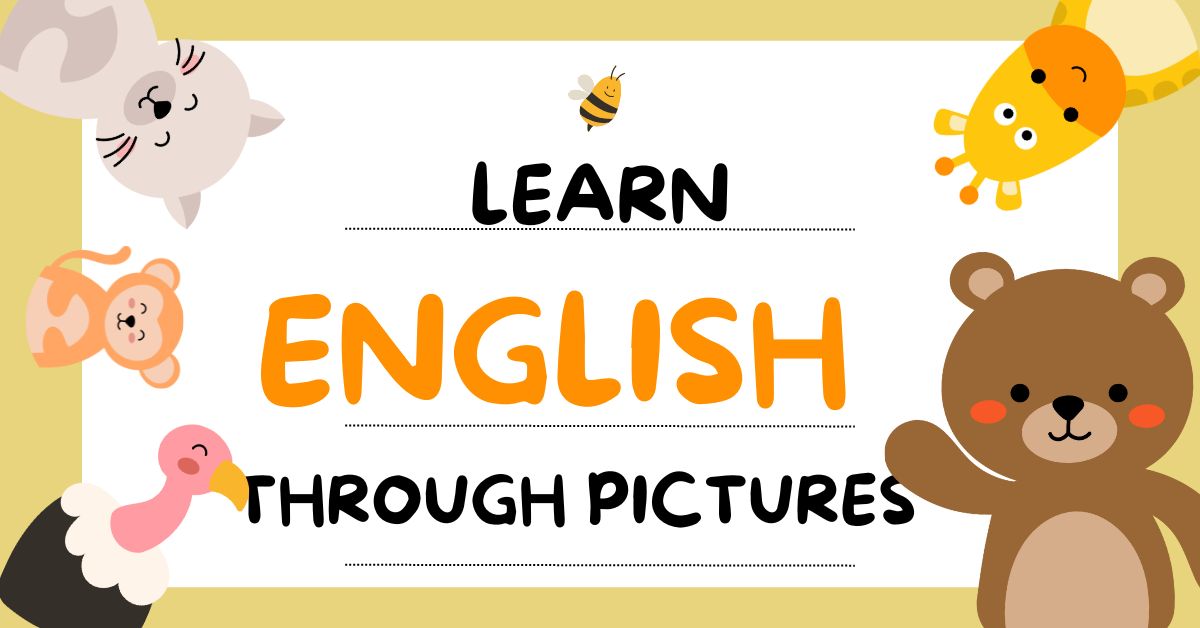
.png)

